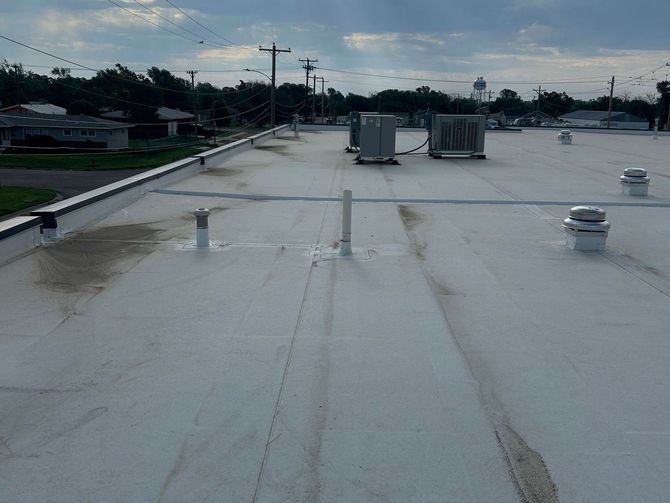When choosing a roof for your property, two of the most popular options are metal roofs and asphalt shingles. Both materials have their unique benefits, but how do they compare in terms of durability, cost, aesthetics, and climate? This article will break down the key differences between metal and shingle roofs, helping you make an informed decision on which one is best for your home or business.
Comparing the Durability of Metal and Shingle Roofs
One of the biggest factors in deciding between metal and shingles is durability. Here's a comparison of the two:
- Metal Roofs: Metal roofs are known for their durability, with lifespans of 50 years or more. They are highly resistant to extreme weather conditions like high winds, snow, and hail, and they don’t suffer from warping, cracking, or curling.
- Shingles: Asphalt shingles have a typical lifespan of 20 to 30 years, but they are more vulnerable to damage from extreme weather like hail, intense heat, and high winds.
If long-term durability is your primary concern, metal roofs have the advantage due to their longevity and superior resistance to harsh weather conditions.
Cost Breakdown: Metal Roofs vs. Shingles
While metal roofs provide better longevity and performance, they often come with a higher initial cost compared to asphalt shingles. Here’s a detailed cost comparison:
- Metal Roofs: The installation cost for a metal roof can range from $7 to $12 per square foot, depending on the material and installation complexity. However, metal roofs require little maintenance, and the long-term savings from fewer repairs can offset the higher upfront costs.
- Shingles: Asphalt shingles are more cost-effective upfront, typically ranging from $3 to $5 per square foot. However, their need for frequent repairs and eventual replacement could increase their total cost over time.
Asphalt shingles are cheaper to install initially, but the long-term costs of repairs and replacements often make metal roofs a more cost-effective choice.
Aesthetic Considerations: Which Roof Complements Your Property?
Both metal roofs and shingles offer a variety of styles and colors, but there are some key differences in terms of aesthetic appeal:
- Metal Roofs: Metal roofs offer a variety of colors and finishes, such as standing seam and corrugated panels, ideal for modern and industrial-style properties.
- Shingles: Shingles are more versatile for traditional home designs and come in a wide range of textures, shapes, and colors. They are commonly used in suburban or residential homes for a classic aesthetic.
If you prefer a modern or industrial look, metal roofs are the better option, whereas shingles are more suited for traditional residential aesthetics.
Climate and Environmental Factors: Metal or Shingles?
The climate in your area plays a significant role in determining the best roofing material for your property:
- Metal Roofs: Metal roofs are energy-efficient, reflecting sunlight to reduce cooling costs in hot climates. They also perform well in snowy areas and resist rust and corrosion, making them ideal for coastal regions.
- Shingles: While asphalt shingles are effective in moderate climates, they may not perform as well in extreme conditions. They can be damaged by hail, intense heat, and high winds, and they tend to absorb heat, which can increase cooling costs in hotter climates.
In hot, snowy, or coastal areas, metal roofs are the best option. For milder, more temperate climates, shingles are a good fit.
Wrapping Up: Which Roof Option is Best for You?
The right roofing choice for your home or business depends on factors like cost, durability, and climate. Metal roofs are more durable and energy-efficient in harsh climates, while shingles offer a more affordable option for traditional designs.
Consider your specific needs and consult with a professional roofer to ensure you choose the best roofing material for your home or business.
#MetalRoofsVsShingles #BestRoofingMaterials #RoofingComparison #MetalRoofing #ShingleRoofing #RoofInstallation #HomeImprovement #BusinessRoofing
